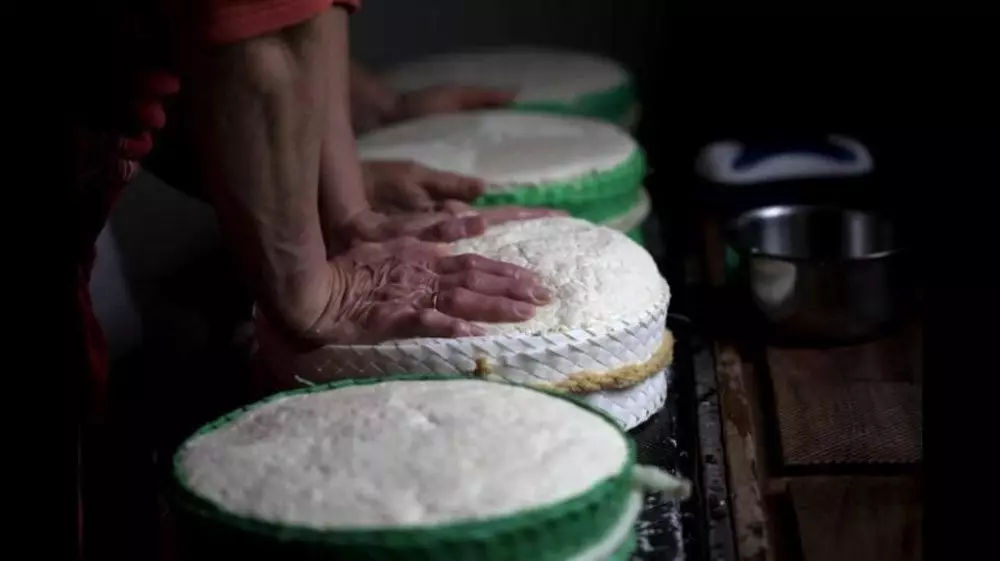
Quesos Oliva maintains the traditional craftsmanship of its products.
Curves and gorges. Valleys and rock masses. Whitewashed villages and steep cobbled streets. Low temperatures and wet winters. the Spanish fir A lot of rain. Many Iberian products. And a lot of cheese. The Sierra de Cádiz is the emblem of the cattle and cheese roots of the province and concentrates 70% of the artisan dairies, according to the Association of Cheese Producers of the Sierra de Cádiz (QUESICA).
This mountain habitat, which coincides with the Sierra de Grazalema Natural Park for most of its length, It has optimal agroclimatic virtues for Grazalemeña Merino sheep and Payoya goats. Both native breeds, in danger of extinction, are key to the production of cheeses that have become the cultural and gastronomic heritage of the area.
“What influences are the pastures. The flavor comes from what the sheep and goats eat,” says Isabel Pacheco, from Hermanos Mangana Macías. Since 2011, this family business has been the reference for cheese in the municipality of Benaocaz. Thanks to word of mouth and a couple of “good distributors” they made progress in the years after the crisis. “We are farmers and we make our own products. That gives confidence and security.”
At Hermanos Mangana Macías they work with raw milk, just like at Quesos Oliva. “With pasteurization all the good things about milk are lost”, assures its promoter, Charo Oliva, in her establishment in Villaluenga del Rosario.
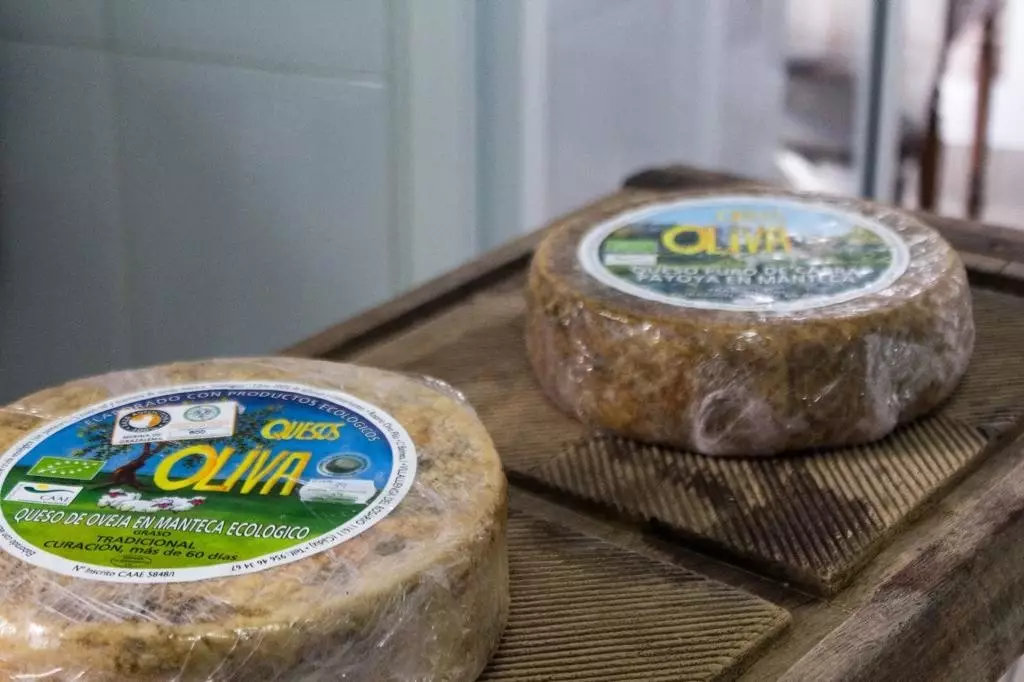
The ecological production of Quesos Oliva has more than 40 years.
"It's our milk. We made this cheese in the field before all the Health requirements arrived. Here everything is done by hand and the only electric thing is the vacuum packaging machine”, says Charo as she points to the pleita, the cuajera, the entremijo or the gachero. Tools for a craft which now again captures the interest of the consumer.
“The raw material is fundamental and having your own cattle facilitates a quality cheese”, points out José Luis Holgado from Quesos Pajarete. José Luis has on his farm La Lapa with 1,300 sheep and 600 goats of breed to obtain fresh and recently milked milk that is pasteurized in the factory that he has on the outskirts of the town of Villamartín.
Ubrique, Grazalema, Alcalá de los Gazules, Arcos de la Frontera and Prado del Rey are some of the cheese-making hotspots in the region, where Villaluenga del Rosario, a mandatory stop for cheese lovers. With less than 500 inhabitants, this municipality is home to six cheese factories, including La Covacha, El Saltillo, Quesos Villaluenga del Rosario or La Velada. There is even a Cheese Museum that currently, and due to the pandemic, only accepts visits by reservation.
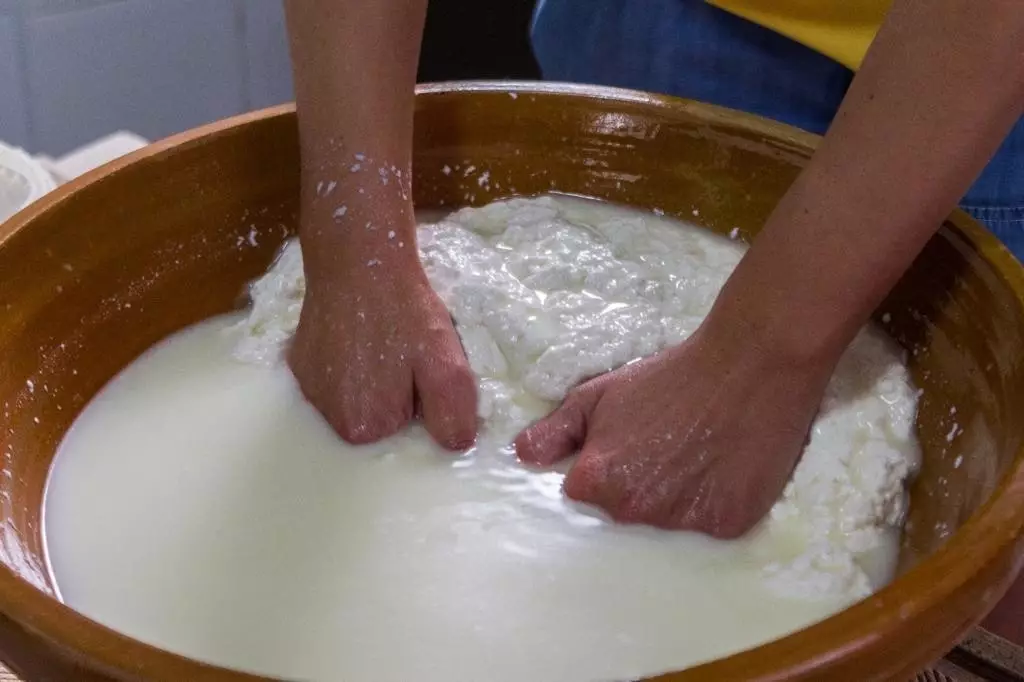
Cheese curd separation process.
One of the pioneer cheesemakers is Charo. He has been "at the foot of the canyon" for 42 years and continues to dispatch although his daughter, Delia Olmos, is now in charge of the business. Quesos Oliva makes a small production and has no distributors. All sales are direct at number 1 Balmes street. Manuel Monreal leads the motorcyclist entourage that arrives from the Sevillian towns of Lebrija and The Heads of San Juan . “I come every time I run out. It's very good. Let's see if you can capture how it tastes there (pointing to the notebook) ”, he challenges me.
Tourism promotion linked to cheese creates an economic fabric for the conservation of rural heritage and generates hundreds of direct and indirect jobs. "Cheese anchors people to the earth," explains José Luis. “A lot of people come. Cheese is the fundamental pillar of the local economy and depends on tourism, restaurants and shops”, explains Ana Ruano, a Payoyo employee. This Villaluenguense business has a store in the facilities of its factory.
Carlos Ríos and Andrés Piña promoted Payoyo with the idea of “put in value a product that had been entrenched in the sphere of the familiar”, according to the commemorative book of the company's 20 years. With more than 30 varieties of cheese, "the one that comes out the most is the mixed semi-cured one," says Ana, who has been behind the counter for more than 11 years.
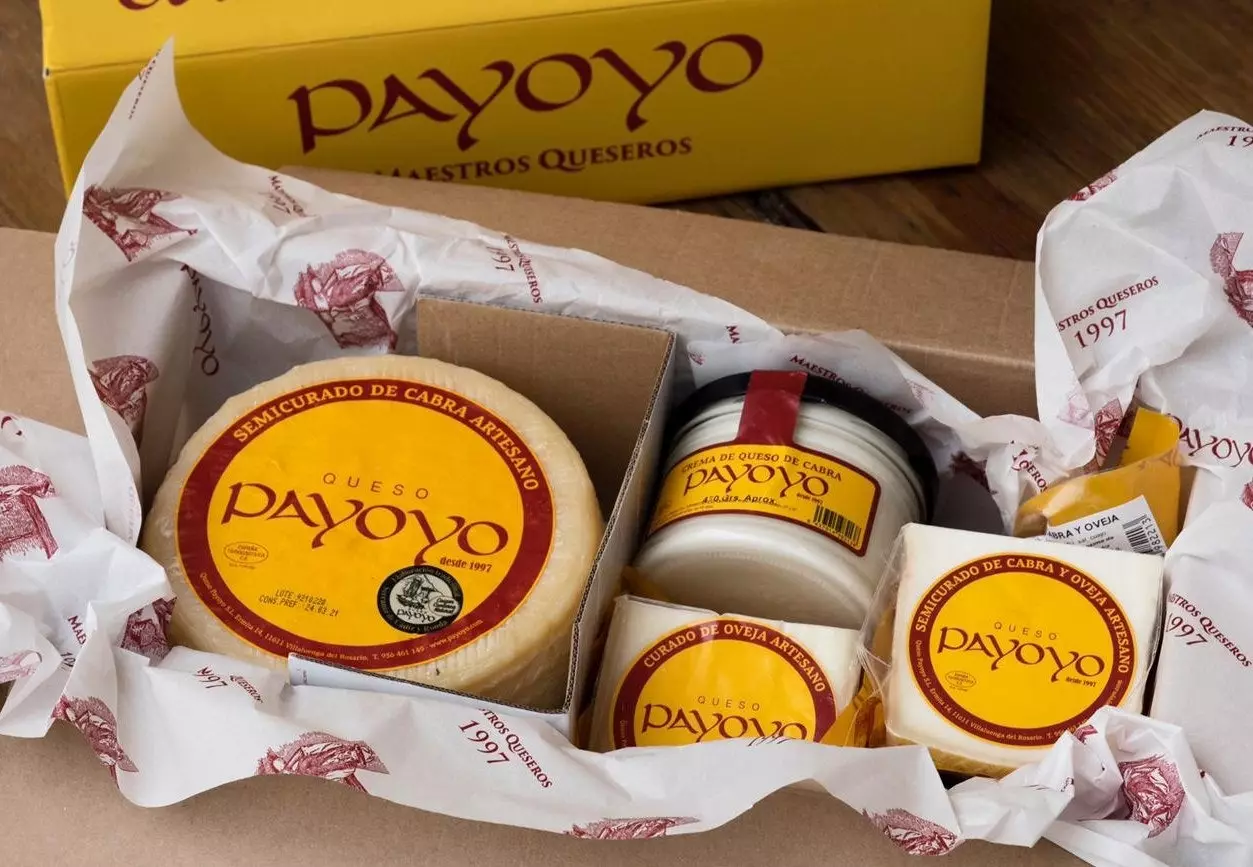
Products of the Payoyo company.
GASTRONOMIC REFERENCE
Payoyo, protagonist in prizes and fairs, leads a movement that has positioned the cheeses from the Sierra de Cádiz in the gourmet market. The development of traditional recipes has favored the appearance of other elaborations and textures and the palette of flavors has been expanded. The possibilities range from goat cheese, sheep cheese and a mixture of both that They can be smeared with butter, rosemary, paprika, aromatic spices...
Are cheeses from taverns and bars, but which have managed to sneak into haute cuisine. Payoyo's presence in restaurants such as Tickets Bar and Bibo is an example of its potential.
In the Mangana Macías Brothers store, a photo of chef José Andrés with one of his cheeses is another motivation. This Benaocaceña cheese factory achieved the gold medal in the 2018 edition of the international World Cheese Awards for its cured merino sheep cheese from Grazalem. "And we don't show up anymore because after the gold, all that remains is to go down in category," says the smiling Isabel, who doesn't care much about recognition either. "My greatest satisfaction is reaching December with empty chambers."
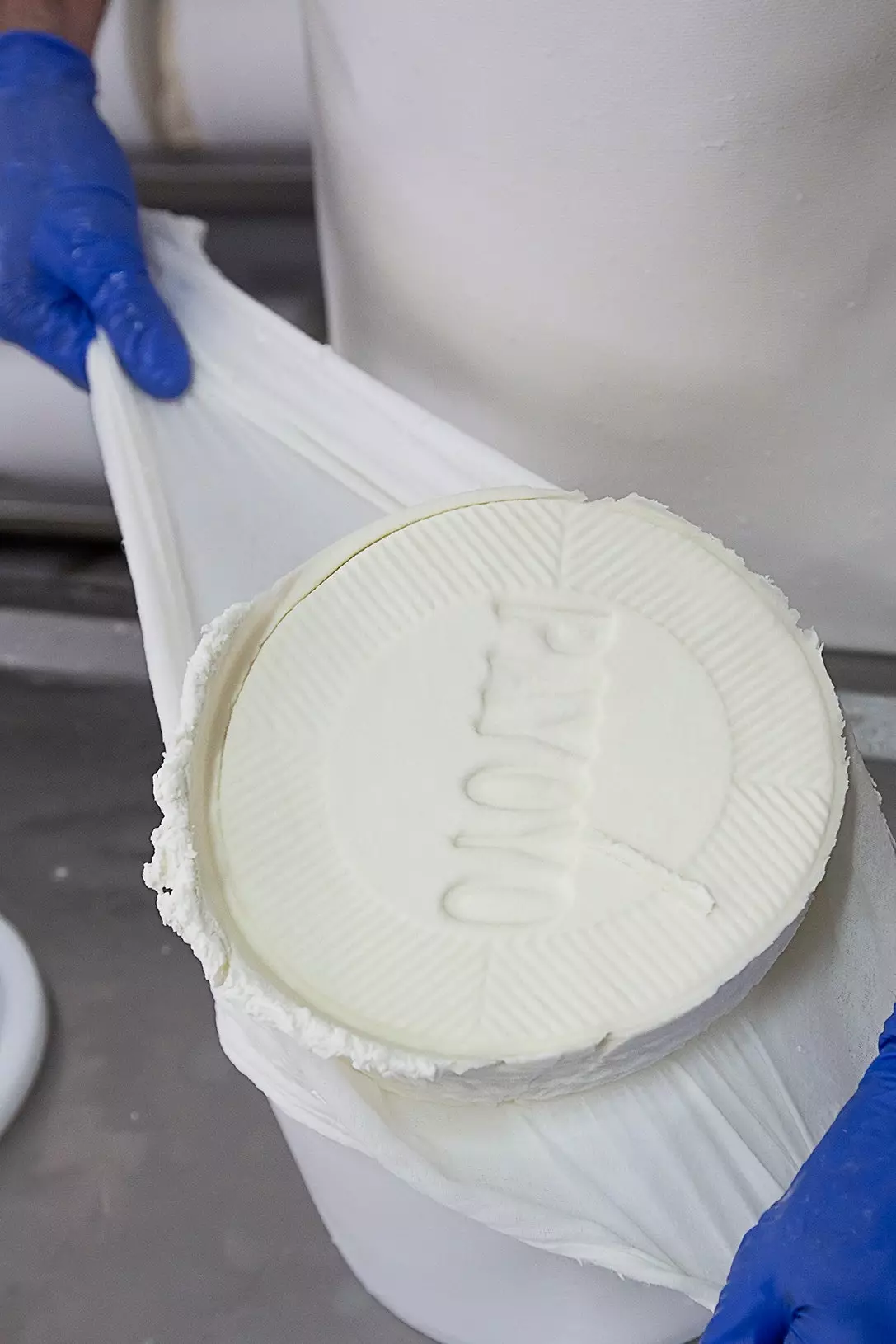
Production process in the Payoyo factory.
Awards are now common for these local producers. In the latest edition of GourmetQuesos, the championship of the best cheeses in Spain, the elaborations of La Pastora de Grazalema were present among the finalists together with those of Quesos Pajarete or those of El Bosqueño, which exhibited a sheep's cheese cured in oil and rum.
This company located in the town of El Bosque managed to make its grazalemeña sheep's milk cheese the "third best cheese in the world" in 2017. "It is the best-selling one," says employee Patricia Pino. The name comes from the wheat bran wrapper that covers the cheese. “It is a very old recipe. The oil was the natural preservative and the bran was used so that it would not drip during transport”, explains Patricia.
El Bosqueño is the combination of tradition and innovation and has numerous popular recipes that have been able to adapt to today's palates. The brothers Ramón and Miguel Gago are the driving forces behind one of the Sierra de Grazalema cheese references and the entrepreneurial power of the town: “Many people depend on cheese: from those who work in the factory to farmers, hoteliers and merchants”, confesses Patricia.
In addition, El Bosqueño has in its facilities a small Cheese Interpretation Center for visitors to learn about different aspects of their culture, of its importance in human nutrition, its elaboration and the maintenance of a centuries-old tradition that has become a way of life.
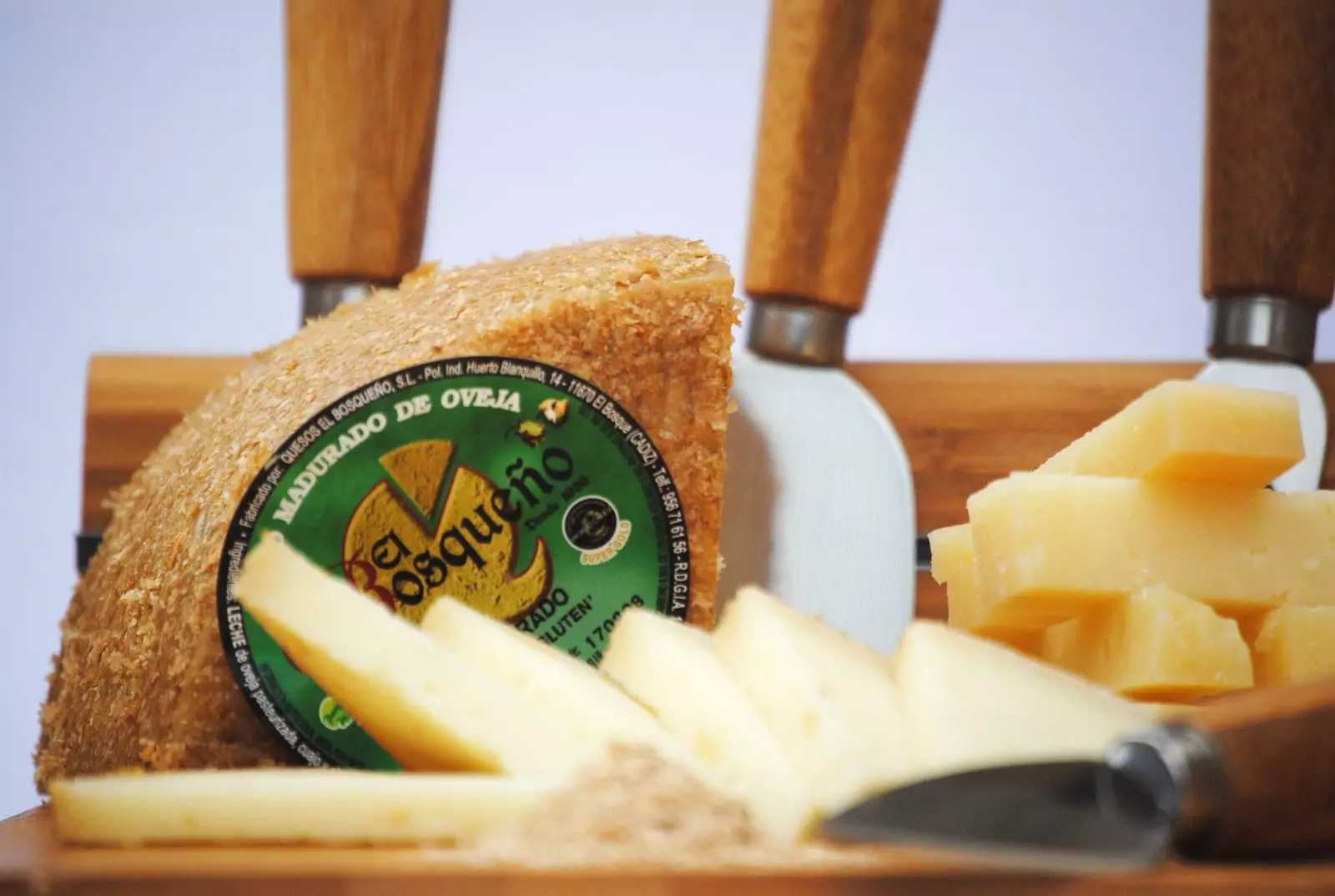
El Bosqueño is one of the cheese references of the Sierra de Grazalema.
PAYOYO MESS
The Payoyo company took its name from the nickname by which the inhabitants of Villaluenga del Rosario were known. A) Yes, Payoyo is not a denomination for a type of cheese nor is it made with milk of a certain breed . It is a patented and legally recognized trademark since 1996. The subsequent cataloging of the native breed of the payoya goat does not help consumers to know the difference either. and in many cases the cheese from the Sierra de Cádiz is marketed as payoyo. From Payoyo they express that "there is an attempt, an economic interest, to make the consumer understand that all cheeses made with payoya goat milk are Payoyo".
To resolve the mess, which harms both the company itself and other local producers, since 2015 all products derived from the payoya goat must bear the official seal of the 100% autochthonous breed, regulation that also governs the products of the Merino sheep from Grazalemeña. José Luis Holgado recognizes that Payoyo has given visibility to local products and “has opened the way”, but he remarks that the next step is to obtain the Protected Designation of Origin (DOP).
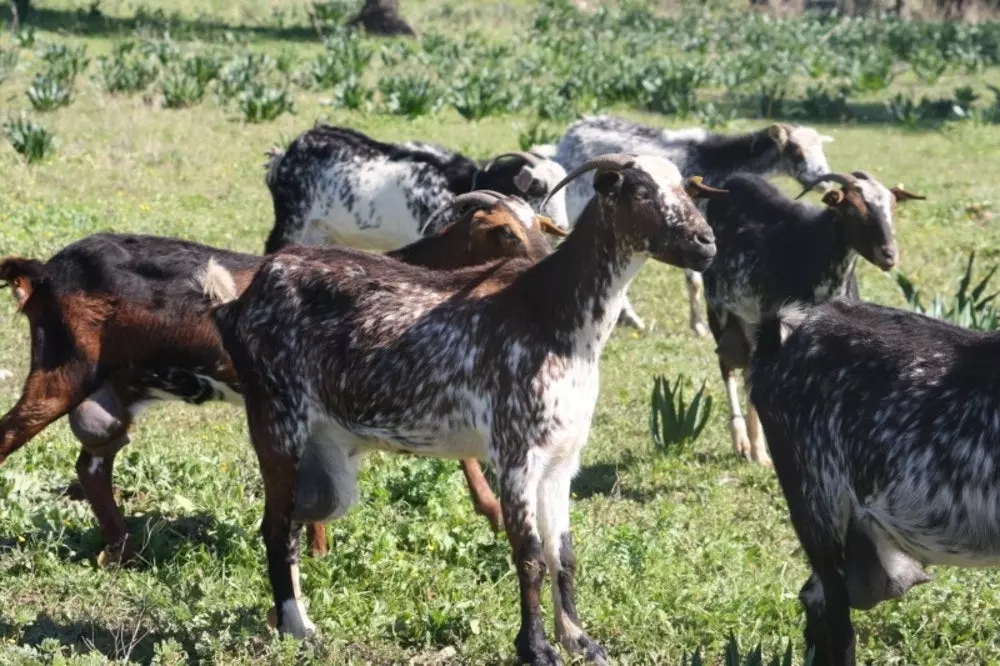
So are the payoya goats.
